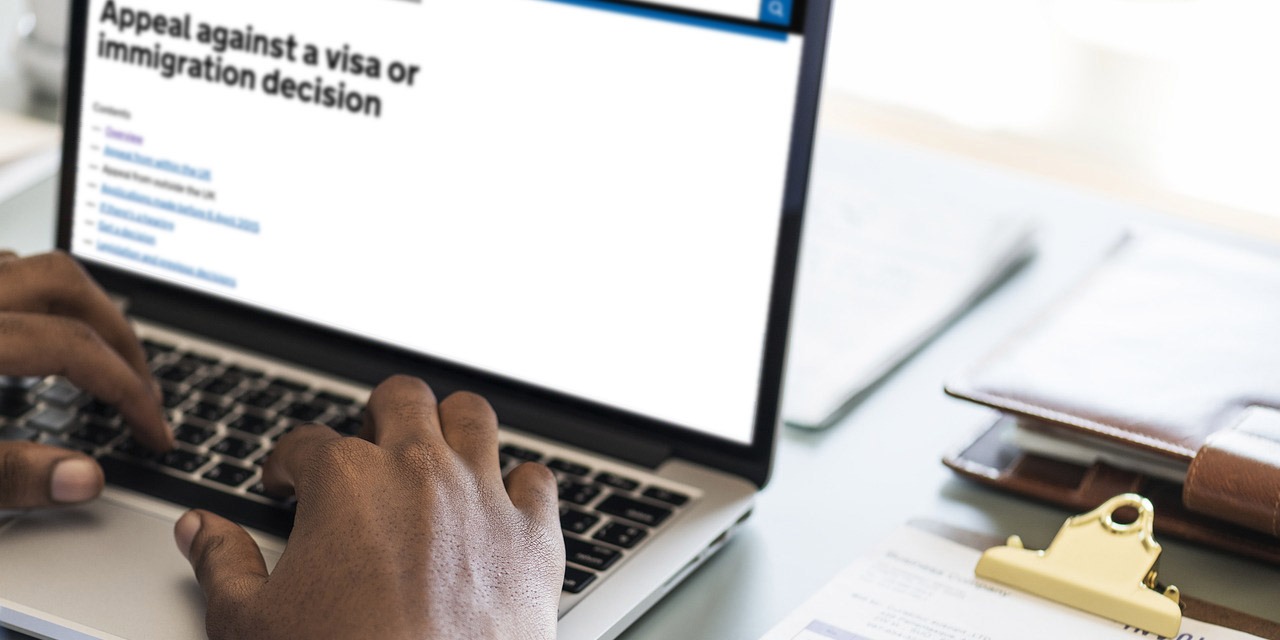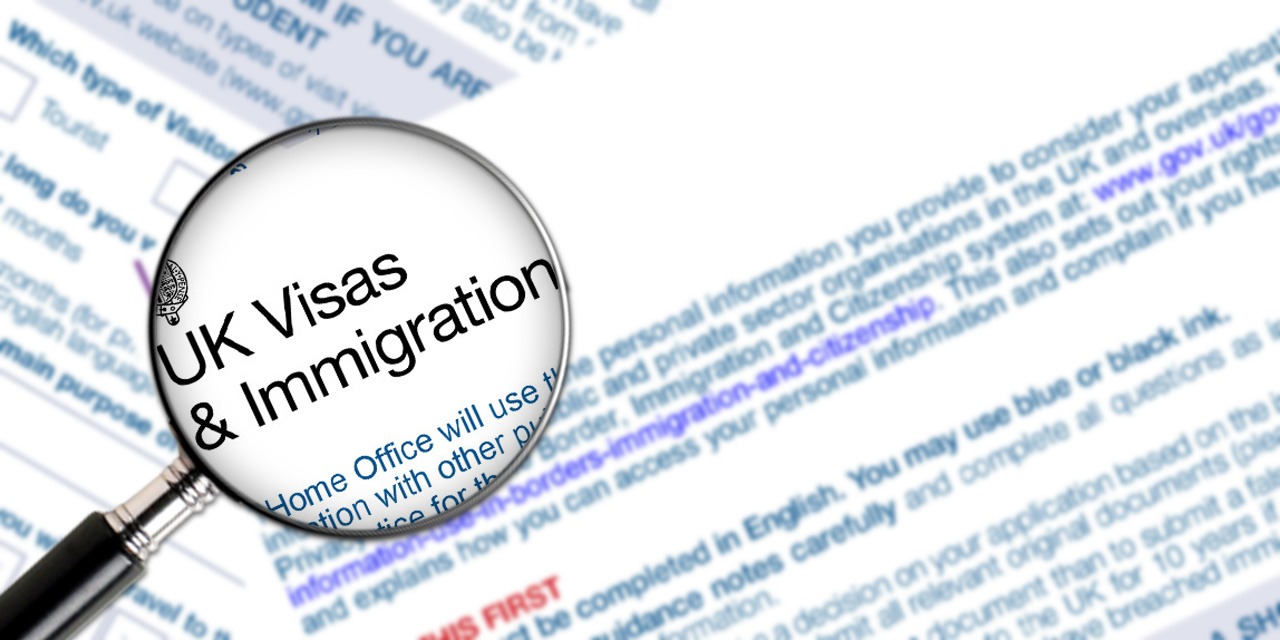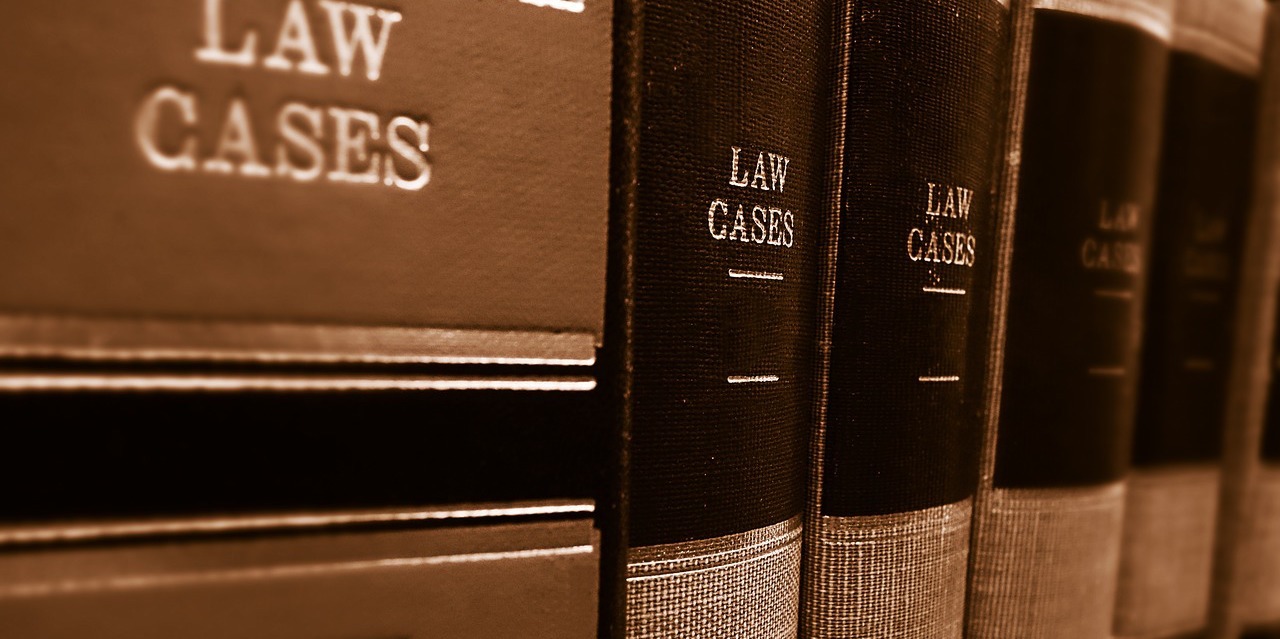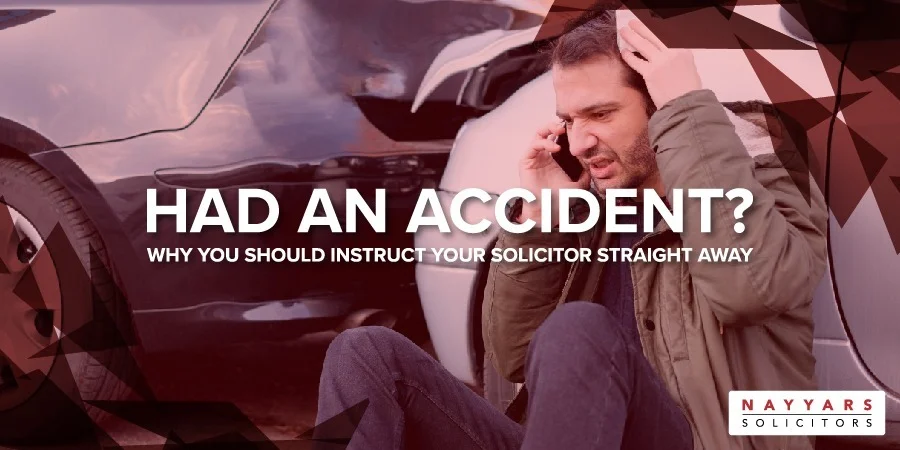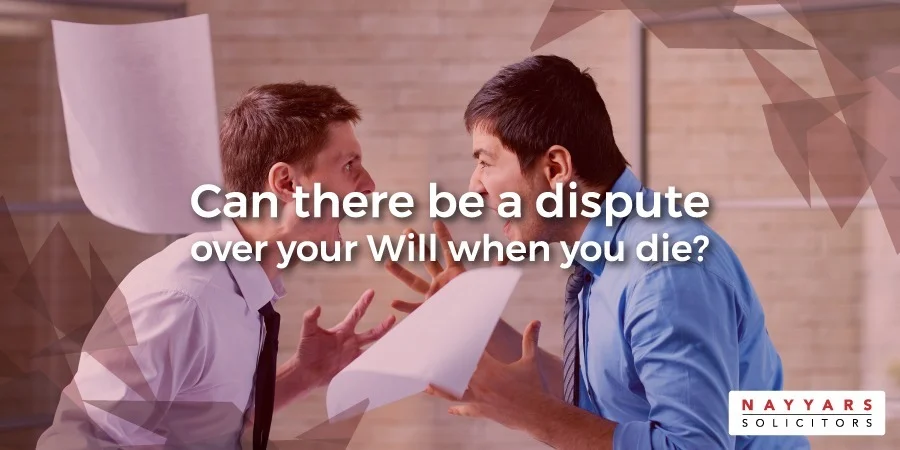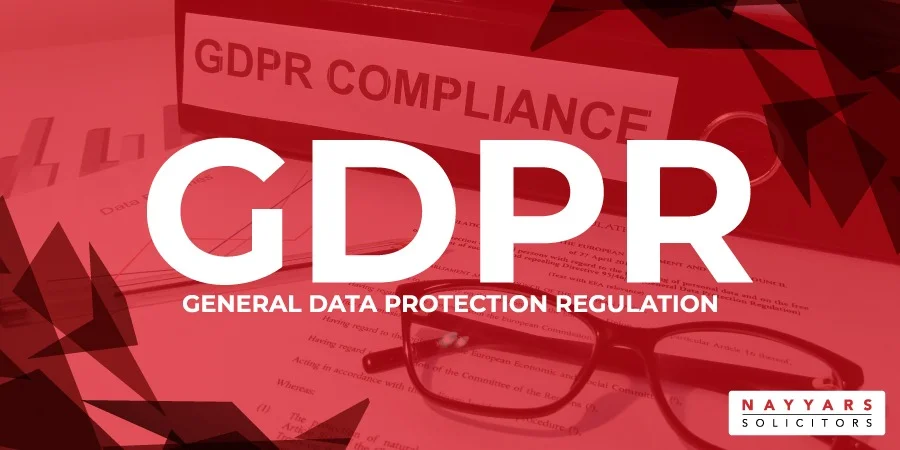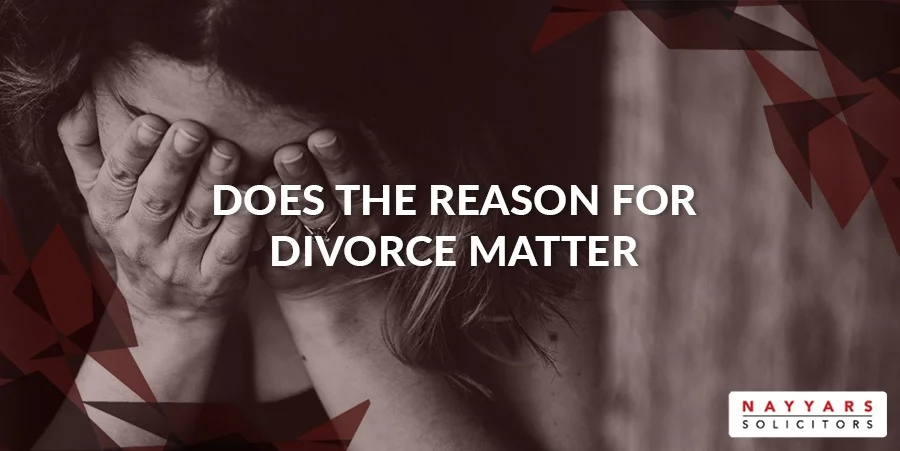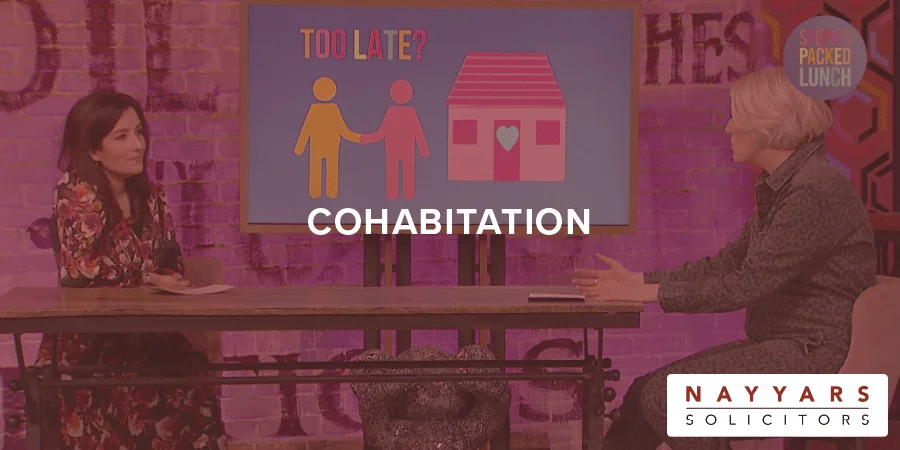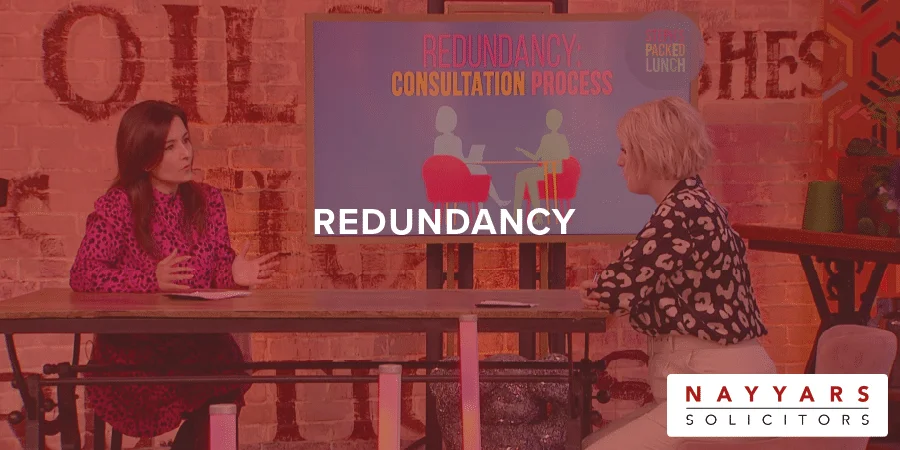Marrying a Non-UK Citizen Abroad: What Documents Do You Need?
When getting married, paperwork should be the last thing on your mind. Unfortunately, for those planning to marry a non-UK citizen abroad, having the correct documentation is an essential element of marital bliss.
Without the right paperwork, you run the risk of your marriage not being recognised in the UK, which only makes the prospect of one day settling in the UK that much harder for you and your spouse.
While collecting the right documentation can appear confusing, with the right help it does not have to be a headache. In this article, we are going to highlight some of the documents you may need to collect in order to get married stress-free.
Before we do, though, it is important to note that with nearly 200 countries in the world, the specifics of what documentation you will need will vary greatly depending on where you are getting married. This article will give you some insights, but it is by no means exhaustive, and you should always seek your own legal advice before planning a wedding abroad.
Are Overseas Marriages Recognised in the UK?
When many people get married abroad, the assumption can be that paperwork is required for the marriage to be recognised in the UK but this is not the case.
In fact, there is no need to register an overseas marriage, as the assumption is that your marriage or civil partnership is recognised so long as the following applies:
- The correct procedures for marriage were followed and therefore the marriage is recognised by the country you got married in.
- The marriage would be allowed under UK law, for example, it is not a polygamous marriage.
In rare cases, the validity of your marriage or civil partnership can be challenged. In these cases, you may need to provide certified or original copies of your marriage documents. If these are in a foreign language, you may also need to provide a translated version.
So, you do not need any specific documentation to register a marriage in the UK, but what about getting married in the first place?
What Documents Do You Need?

As mentioned, in order for your marriage to be recognised in the UK, it needs to have been conducted lawfully in the country of your choice. This means you need to follow the correct procedures, and that is where having the right documentation becomes so important.
What these documents look like depends on a number of factors, including:
- Where you want to get married
- Where you live
- Your partner’s nationality
- Whether your partner is of the same or opposite sex
That said, there are some common documents you may come across.
Certificate of No Impediment
A Certificate of No Impediment (CNI) is commonly required for UK citizens, living in the UK, who want to get married overseas.
A CNI an official government-issued document used to prove that there is no impediment or obstruction allowing you to be married. For people living in the UK, the process of obtaining a CNI is simple, with you just having to contact your local Registry Office.
Notices will then be placed and your document will be issued 28 days after your application is made.
Statutory Declaration
In some cases, alongside your CNI, you will also need to provide a statutory declaration to the authorities abroad. Statutory declarations can contain information in addition to that included within your CNI.
Unlike a CNI, statutory declarations can be a little straightforward to get hold. Of, you can often request the correct form from local authorities in the country in question and fill it out yourself. You will then just need a solicitor or public notary to stamp your form.
Affirmations and Affidavits
Since a CNI requires you to live in the UK, British citizens living abroad require a different form of documentation. This comes in the form or either an affirmation or affidavit that you are free to marry.
Typically, you will need to make an appointment at the British embassy or consulate in the country you are getting married in and complete either an ‘affirmation for marriage’ (non-religious) or an ‘affidavit for marriage’. To do this you will need to provide supporting documentation, such as your passport, proof of residence and decree absolute or death certificate if you have been divorced or widowed.
Your partner will need an affirmation or affidavit also and since your document will be in English, you may then need to get it translated into the local language and certified as genuine.
General Documents
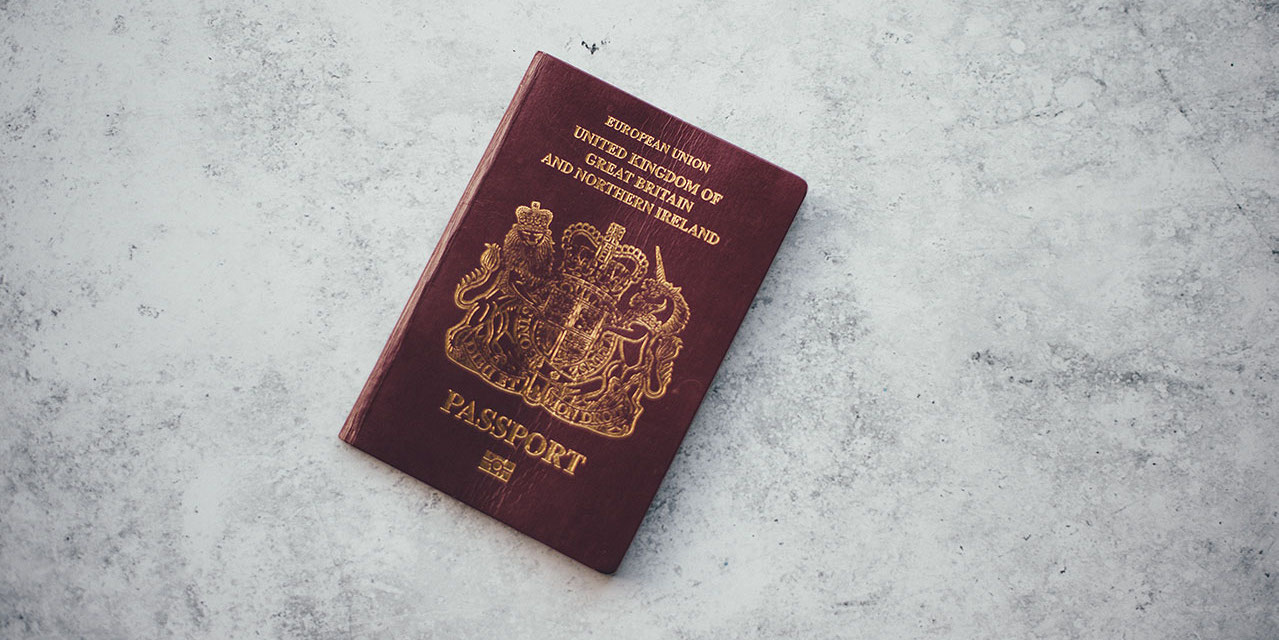
Alongside the specific paperwork referenced above, there are some more general documents you will likely need. These include:
- Valid 10-year passport with at least six months remaining on it
- Full birth certificates
- Deed poll proof of any name change
- Decree absolute, if divorced
- Marriage and death certificates of a deceased spouse, if widowed
- Adoption certificate, if adopted
Marrying in Commonwealth Countries
In some cases, you may find that the UK does not issue CNIs or affidavits for marriage. This is most commonly seen in Commonwealth countries.
Frustratingly, there is often confusion among local authorities in the country who may still request a CNI. In this situation, there may be other documents you can request. For example, in South Africa, you can get a letter to explain that you are allowed to marry.
What if There is No British Consular?
If you are living abroad in a country without a British embassy or consulate, then you may find it difficult to pull together the correct documentation.
In these cases, you can contact local authorities to try and learn more about what documentation you need, but the best thing to do is contact a solicitor.
What if You Got Married without Documentation?
Love has a way of sweeping us all up, so in rare cases, you may find yourself at a marriage ceremony without the correct documentation. This can have serious ramifications in the future, especially if you are planning on returning to the UK.
If you suspect that you may have been married without the correct documentation, speak to a solicitor as soon as possible to learn what options are available to you. For now, though, let us look at two scenarios.
You Got Married Without a CNI or Affidavit
If you got married abroad without a CNI or affidavit when one was required, it is possible that the marriage was not administered legally. As we mentioned at the beginning of this article, for your marriage to be legally recognised in the UK, you need to have followed the correct procedures.
If your marriage is not administered legally, the likelihood is that you will not receive the required valid marriage certificate.
You Do Not Have a Valid Marriage Certificate
If you got married following the correct process in the country but were not provided with or have since lost your valid marriage certificate, you can apply to the court for a declaration of marital status.
Bringing Your Spouse to the UK

If you intend to return to the UK with your spouse after getting married, then you will need a Family of a Settled Person (‘Spouse’) Visa. It is often assumed that by getting married, your spouse can automatically live in the UK, but this is not the case.
In order to qualify for a visa, your husband or wife needs to meet a number of strict eligibility criteria, including around finance. So, be sure to speak to a solicitor before you begin the application process.
Getting Married Abroad?
Getting married abroad should be a joyous experience, so the last thing you want to be worrying about is paperwork. However, with every country having its own requirements, knowing what documentation you need can be a confusing puzzle.
You can avoid last-minute stress by speaking to Nayyars Solicitor about what you need to do to marry a non-UK citizen abroad. Get in touch to learn more.





